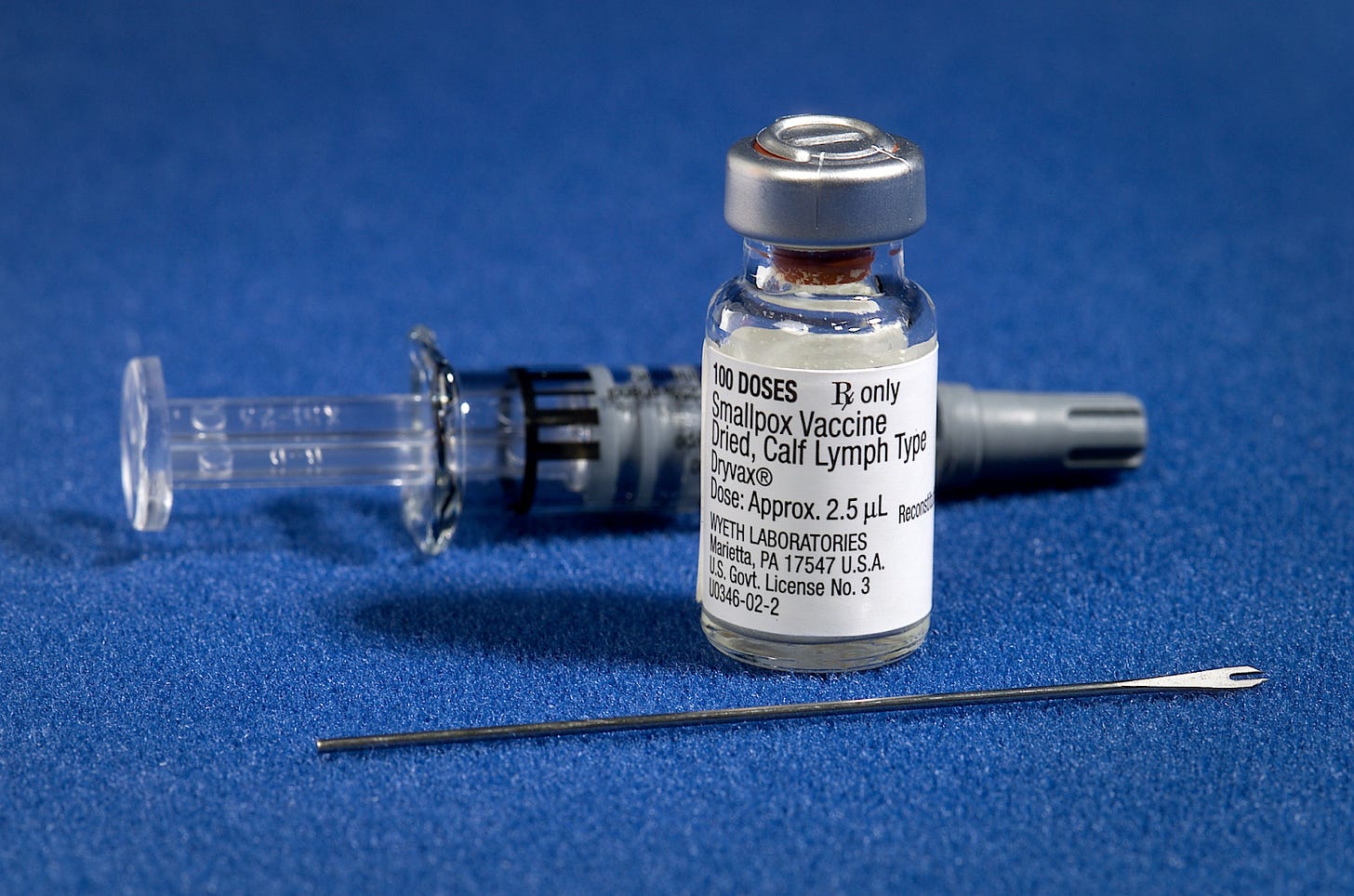The Evolution of Vaccines: From Smallpox to mRNA
Written by Azzy Xiang
Vaccination has undergone a remarkable transformation since its inception. The journey began in the late 18th century when Edward Jenner developed the first smallpox vaccine using the cowpox virus. This pioneering work laid the groundwork for immunization by introducing a safer variant of the disease to stimulate an immune response. Though there was a sizable number of people who perished from the smallpox vaccine, it overall still succeeded in lowering the risk for individuals.
As the 19th and 20th centuries progressed, scientists developed vaccines for other diseases such as rabies, diphtheria, and polio. The introduction of inactivated and attenuated virus vaccines marked a significant advancement, allowing for safer and more effective immunizations with exponentially lower death rates and probability of other risks. But in general, the varied success of all these vaccines led to the near-eradication of smallpox and a drastic decline in diseases like polio.
In the 21st century, we witnessed a groundbreaking shift with the emergence of mRNA vaccines. Unlike what we had seen before, mRNA vaccines, such as those developed for COVID-19, use synthetic genetic material to instruct cells to produce a harmless piece of the virus, prompting an immune response. Nowadays, this allows for the potential to adapt to emerging viral threats very quickly.
It’s crazy how we came so far in a relatively short time, given how many thousands of years civilization has lasted. But it’s important to understand how the vaccine came to be if you’re interested in research and health because it highlights the process of developing products that can save millions of lives. Perhaps you will be the innovator of something that can too - what will you create?
Written by Azzy Xiang from MEDILOQUY


